Neighborhoods in Brief in Chicago
Downtown
The Loop — The Loop refers literally to a core of high-rises surrounded by a rectangular “loop” of elevated train tracks. But when Chicagoans use the term, they’re referring to the city’s downtown, bounded by the Chicago River to the north and west, by Michigan Avenue to the east, and by Roosevelt Avenue to the south. For the most part, the Loop is strictly business, filled with office buildings rather than residential developments. For a suggested walking tour of the Loop,
The North Side
Magnificent Mile — North Michigan Avenue from the bridge spanning the Chicago River to its northern tip at Oak Street is known as the Magnificent Mile (or, simply, “Michigan Avenue,” although the street itself stretches much farther). Many of the city’s best hotels and most concentrated shopping can be found here. The area stretching east of Michigan Avenue to the lake is sometimes referred to as “Streeterville” — the legacy of George Wellington “Cap” Streeter. Streeter was an eccentric, bankrupt showman who lived in Chicago in the mid-1880s. Looking for a new way to make money, Streeter bought a steamship with a plan to become a gun runner in Honduras. The steamship ran aground during a test cruise in Lake Michigan, and Streeter left the ship where it was, staking out 200 acres of self-created landfill. He then declared himself “governor” of the “District of Lake Michigan.” True story.
River North — Just to the west of the Mag Mile is an old warehouse district called River North. These formerly industrial buildings have been transformed into one of the city’s most vital commercial districts, with many of the city’s hottest restaurants and nightspots; you’ll also find the city’s highest concentration of art galleries here. Large-scale residential loft developments have sprouted on its western and southwestern fringes.
The Gold Coast — Some of Chicago’s most desirable real estate and historic architecture is found along Lake Shore Drive, between Oak Street and North Avenue and along the adjacent side streets. Despite trendy pockets of real estate that have popped up elsewhere, the moneyed class still prefers to live by the lake. On the neighborhood’s southwestern edge, around Division and Rush streets, a string of raucous bars and late-night eateries contrasts sharply with the rest of the area’s sedate mood. For a suggested walking tour of the neighborhood,
Old Town — West of LaSalle Street, principally on North Wells Street between Division Street and North Avenue, is the residential district of Old Town, which boasts some of the city’s best-preserved historic homes (a few even survived the Great Chicago Fire of 1871). This area was a hippie haven in the 1960s and ’70s; now the neighborhood is one of the most expensive residential areas in the city. Old Town’s biggest claim to fame, the legendary Second City comedy club, has served up the lighter side of life to Chicagoans for more than 30 years.
Lincoln Park — Chicago’s most popular residential neighborhood for young singles and urban-minded families is Lincoln Park. Stretching from North Avenue to Diversey Parkway, it’s bordered on the east by the huge park of the same name, which is home to one of the nation’s oldest zoos (established in 1868). The trapezoid formed by Clark Street, Armitage Avenue, Halsted Street, and Diversey Parkway also contains many of Chicago’s liveliest bars, restaurants, retail stores, music clubs, and off-Loop theaters — including the nationally acclaimed Steppenwolf Theatre Company.
Lakeview & Wrigleyville — Midway up the city’s North Side is a one-time blue-collar, now mainstream middle-class quarter called Lakeview. It has become the neighborhood of choice for many gays and lesbians, recent college graduates, and residents priced out of Lincoln Park. The main thoroughfare is Belmont Avenue, between Broadway and Sheffield Avenue. Wrigleyville is the name given to the neighborhood in the vicinity of Wrigley Field — home of the Chicago Cubs — at Sheffield Avenue and Addison Street. Not surprisingly, the ball field is surrounded by sports bars and memorabilia shops.
Uptown & Andersonville — Uptown, which runs along the lakefront as far north as Foster Avenue, has traditionally attracted waves of immigrants. While crime was a major problem for decades, the area has stabilized, with formerly decrepit buildings being converted into — you guessed it — condominiums. Vietnamese and Chinese immigrants have transformed Argyle Street between Broadway and Sheridan Road into a teeming market for fresh meat, fish, and all kinds of exotic vegetables. Slightly to the north and west is the old Scandinavian neighborhood of Andersonville, whose main drag is Clark Street, between Foster and Bryn Mawr avenues. The area has an eclectic mix of Middle Eastern restaurants, a distinct cluster of women-owned businesses, and a burgeoning colony of gays and lesbians.
Lincoln Square — West of Andersonville and slightly to the south, where Lincoln, Western, and Lawrence avenues intersect, is Lincoln Square, a neighborhood that still retains traces of Chicago’s once-vast German-American community. The surrounding leafy residential streets have attracted many families, who flock to the Old Town School of Folk Music’s theater and education center, a beautiful restoration of a former library building.
Rogers Park — Rogers Park, which begins at Devon Avenue, is located on the northern fringes of the city bordering suburban Evanston. Its western half has been a Jewish neighborhood for decades. The eastern half, dominated by Loyola University’s lakefront campus, has become the most cosmopolitan enclave in the entire city: African Americans, Asians, East Indians, and Russian Jews live side by side with the ethnically mixed student population drawn to the Catholic university. The western stretch of Devon Avenue is a Midwestern slice of Calcutta, colonized by Indians who’ve transformed the street into a veritable restaurant row serving tandoori chicken and curry-flavored dishes.
The West Side
West Loop — Also known as the Near West Side, the neighborhood just across the Chicago River from the Loop is the city’s newest gentrification target, as old warehouses and once-vacant lots have been transformed into trendy condos and stylish restaurants. Chicago’s old Greektown, still the Greek culinary center of the city, runs along Halsted Street between Adams and Monroe streets. Much of the old Italian neighborhood in this vicinity was the victim of urban renewal, but remnants still survive on Taylor Street. The same is true for a few old delis and shops on Maxwell Street, dating from the turn of the 20th century when a large Jewish community lived in the area.
Bucktown/Wicker Park — Centered near the intersection of North, Damen, and Milwaukee avenues, this resurgent area has hosted waves of German-, Polish-, and, most recently, Spanish-speaking immigrants (not to mention writer Nelson Algren). In recent years, it has morphed into a bastion of hot new restaurants, alternative culture, and loft-dwelling yuppies, although the neighborhood still feels somewhat gritty. The terms Bucktown and Wicker Park are often used interchangeably, but Bucktown is technically the neighborhood north of North Avenue, while Wicker Park is to the south. For a walking tour of the area,
The South Side
South Loop — The generically rechristened South Loop area was Chicago’s original “Gold Coast” in the late 19th century, with Prairie Avenue (now a historic district) as its most exclusive address. But in the wake of the 1893 World’s Columbian Exposition in Hyde Park, and continuing through the Prohibition era of the 1920s, the area was infamous for its Levee vice district, home to gambling and prostitution, some of the most corrupt politicians in Chicago history, and Al Capone’s headquarters at the old Lexington Hotel. However, in recent years, its prospects have turned around. The South Loop — stretching from Harrison Street’s historic Printers Row south to Cermak Road (where Chinatown begins), and from Lake Shore Drive west to the south branch of the Chicago River — is now one of the fastest-growing residential neighborhoods in the city.
Pilsen — Originally home to the nation’s largest settlement of Bohemian-Americans, Pilsen (named for a city in what’s now the Czech Republic) was for decades the principal entry point in Chicago for immigrants of every ethnic background. Centered at Halsted and 18th streets just southwest of the Loop, Pilsen now contains one of the largest Mexican-American communities in the U.S. This vibrant and colorful neighborhood, which was happily invaded by the outdoor mural movement launched years earlier in Mexico, boasts a profusion of authentic taquerías and bakeries. The artistic spirit that permeates the community isn’t confined to Latin American art. In recent years, artists of every stripe, drawn partly by the availability of loft space in Pilsen, have nurtured a small but thriving artists’ colony here.
Hyde Park — Hyde Park is like an independent village within the confines of Chicago, right off Lake Michigan and roughly a 30-minute train ride from the Loop. Fifty-seventh Street is the main drag, and the University of Chicago — with all its attendant shops and restaurants — is the neighborhood’s principal tenant. The most successful racially integrated community in the city, Hyde Park is an oasis of furious intellectual activity and liberalism that, ironically, is hemmed in on all sides by neighborhoods suffering some of the highest crime rates in Chicago. Its main attraction is the world-famous Museum of Science and Industry.
Source: https://www.frommers.com/destinations/chicago/neighborhoods-in-brief

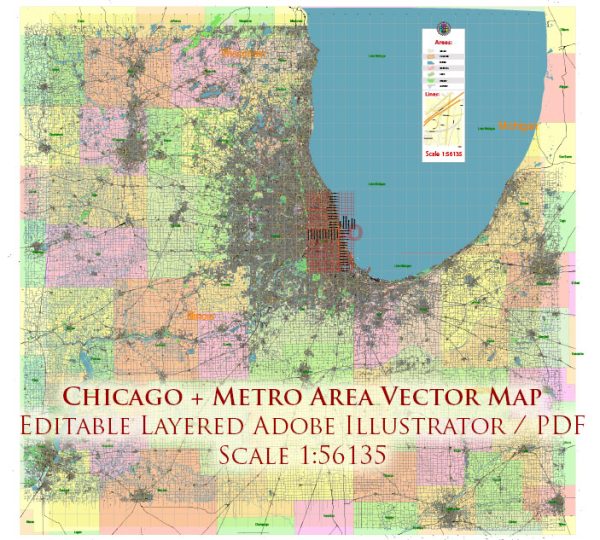
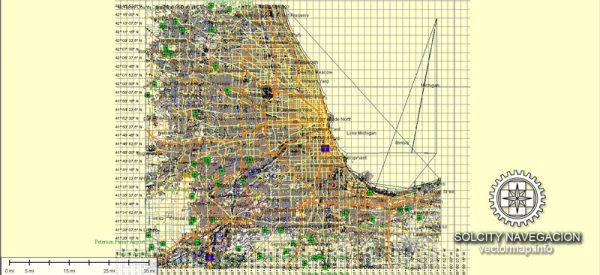
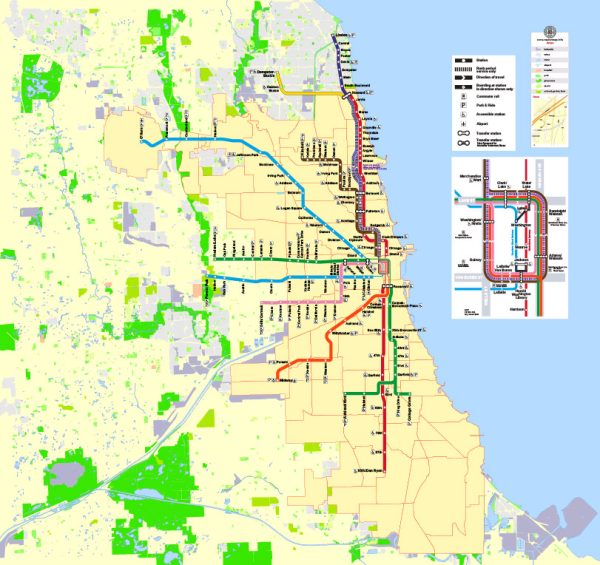
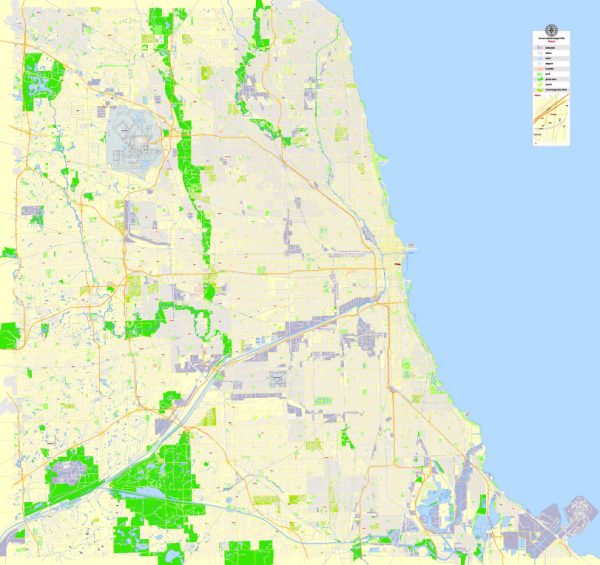
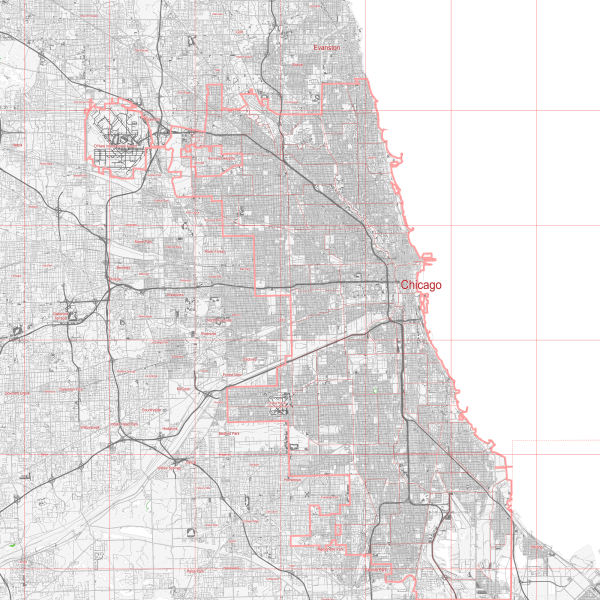
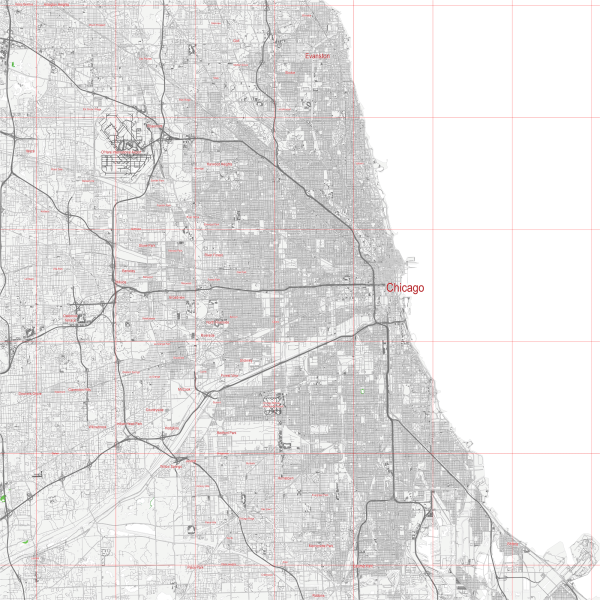
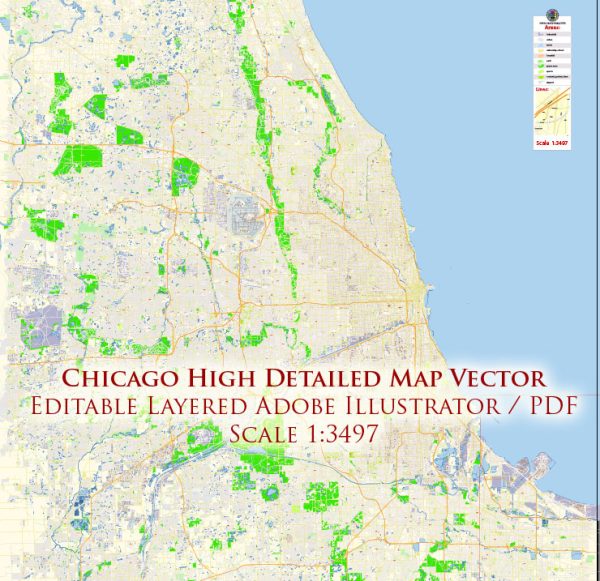
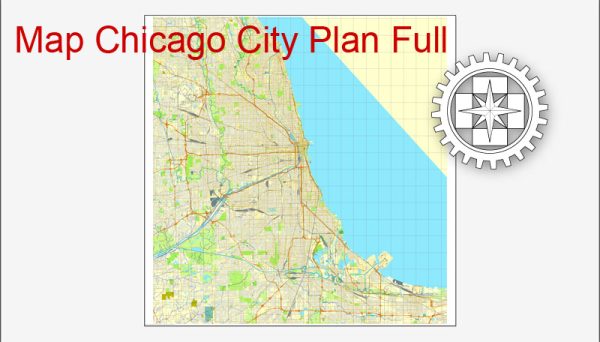
 Author: Kirill Shrayber, Ph.D.
Author: Kirill Shrayber, Ph.D.